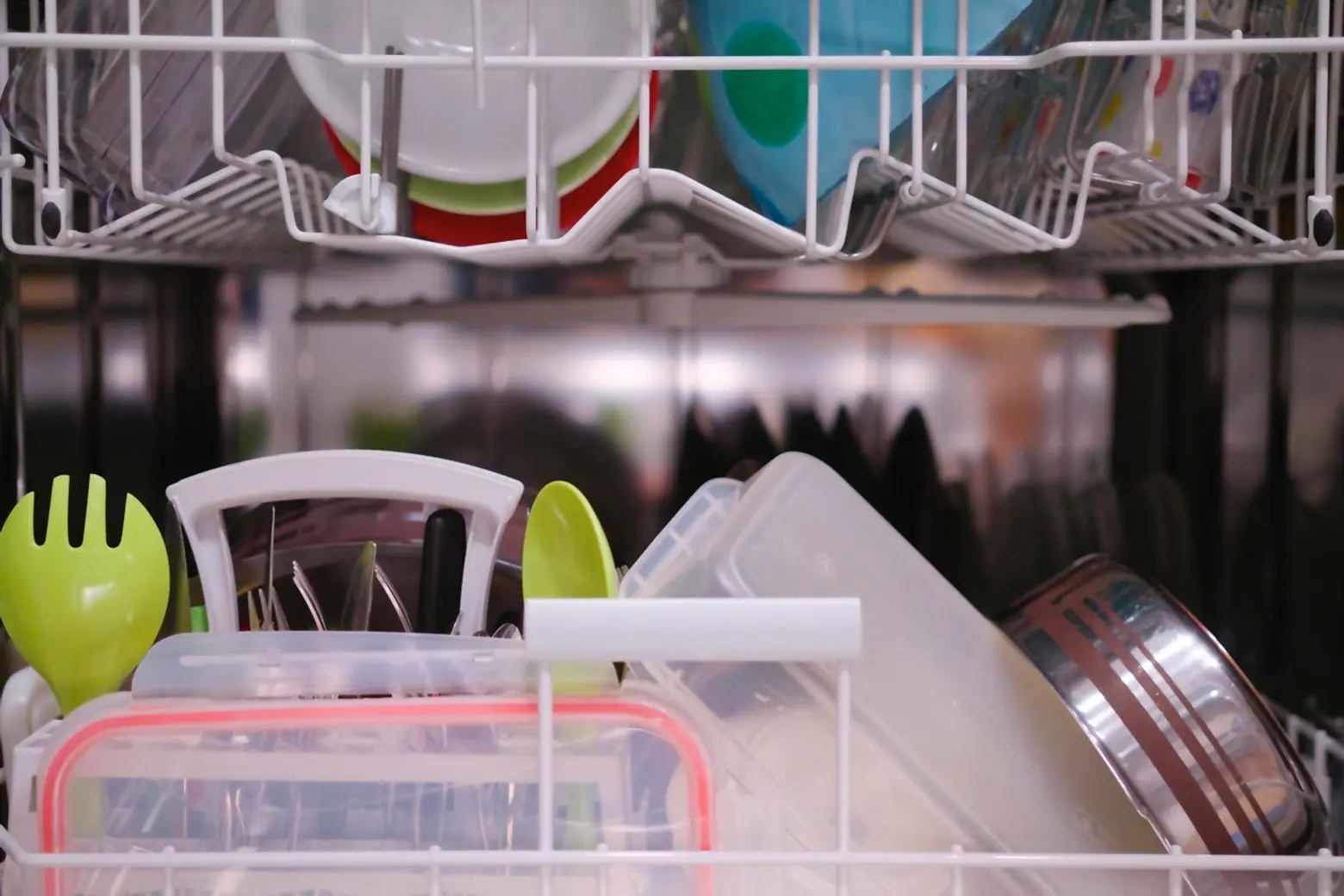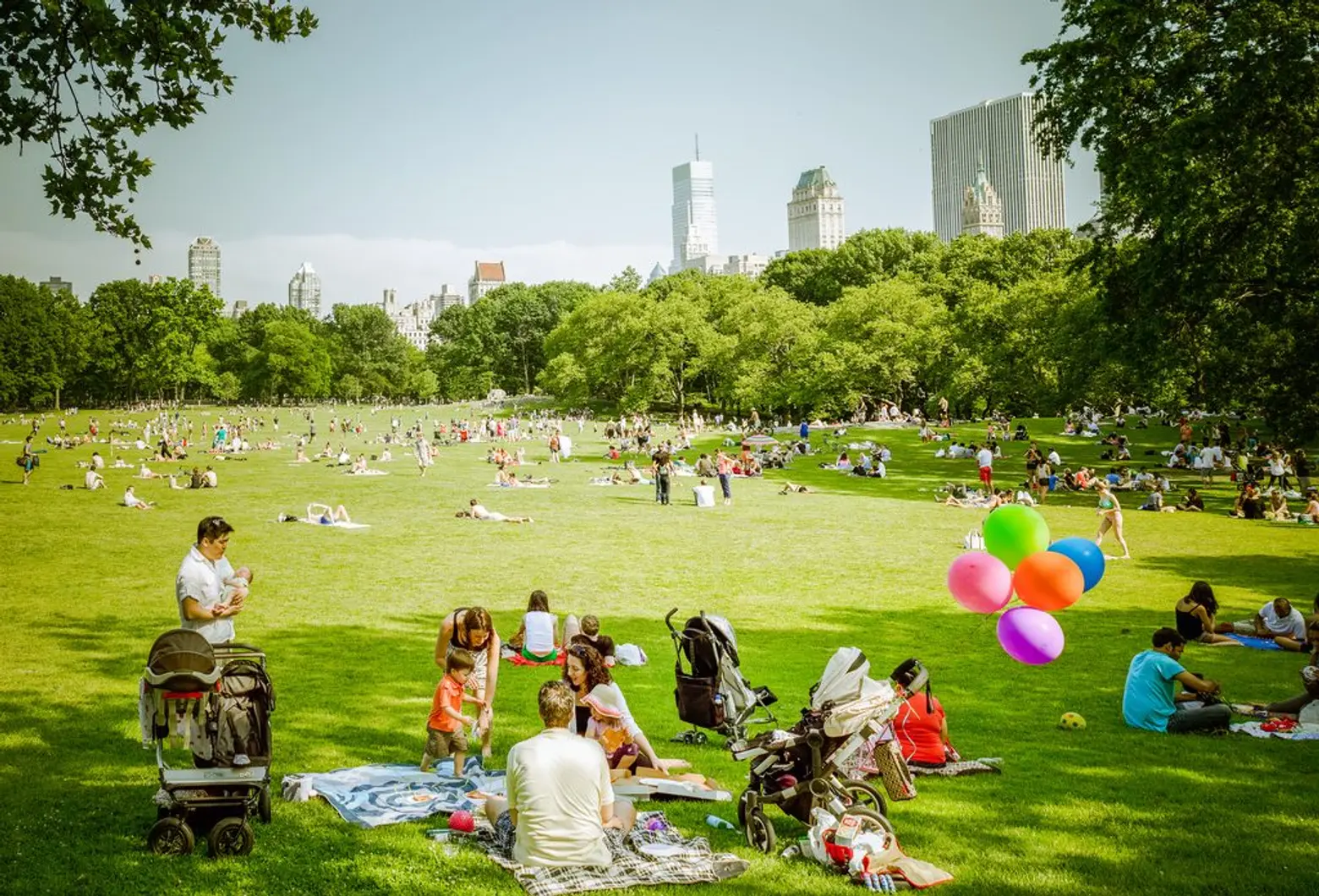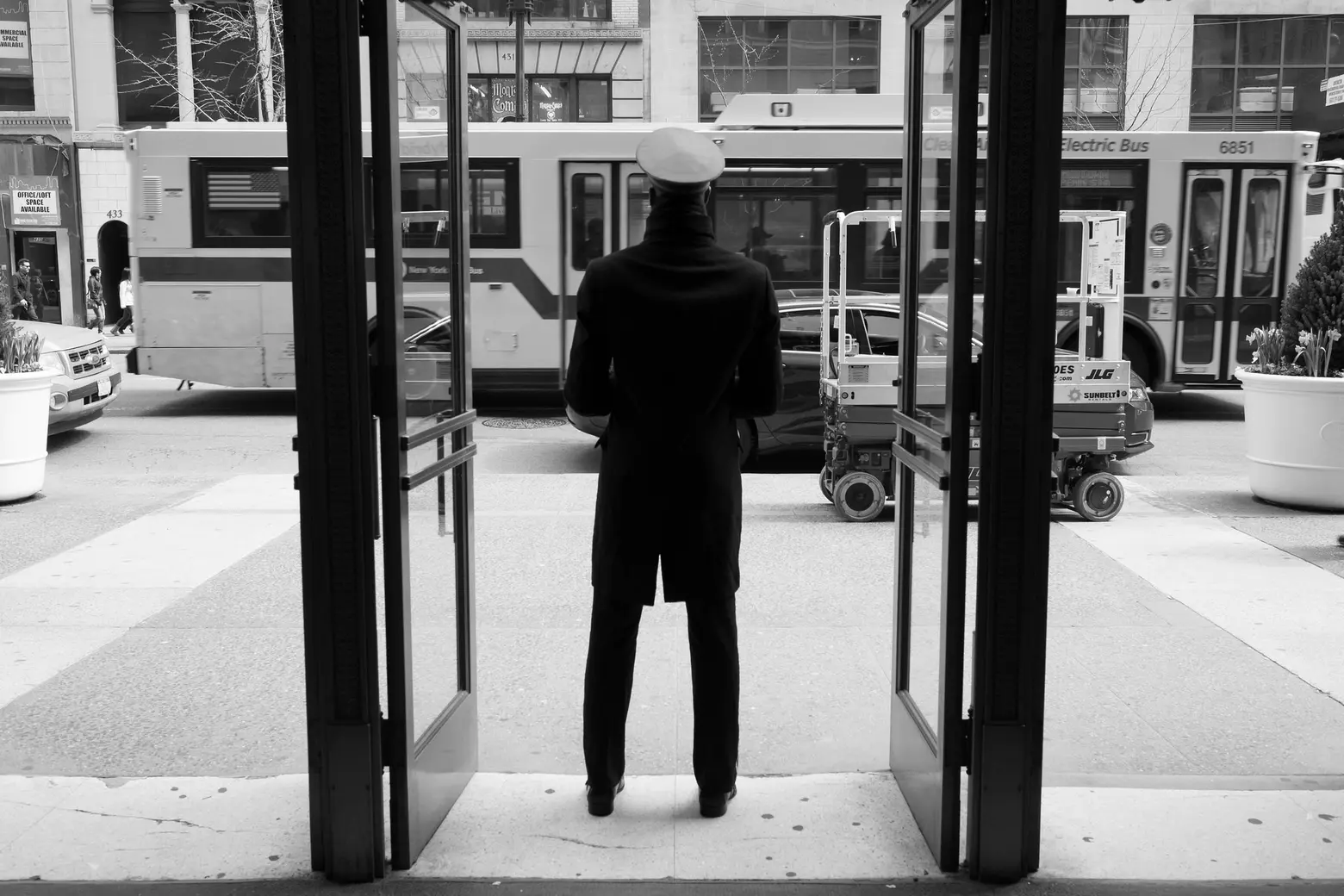6sqft guide: How to find a child-friendly apartment in NYC

Photo via Pexels
Everyone loves kids, right? While this may be true in most cases, when it comes to renting and buying apartments, kids can be a deal breaker. To be clear, in NYC, owners cannot discriminate against renters with children, but there are a few exceptions. For example, co-ops, which are free to come up with their own selection criteria so long as it doesn’t overtly discriminate, can privilege quiet tenants over potentially loud tenants. If you have a couple of toddlers or even teens who look like they might be prone to hosting all-night parties or jam sessions in your living room, you might find yourself looking for housing elsewhere. But don’t be discouraged. After all, New York is home to more kids than any other U.S. city.
As of 2016, over 21% of New York City residents were under 18 and more than 6.6% were under five. With roughly 1.8 million infants, toddlers, kids, tweens, and teens living here, most city buildings are home to children and adolescents. The challenge facing parents is finding a building that is not only tolerant of kids but has the facilities, location, and support needed to make one’s childrearing experience easier rather than harder. This 6sqft Guide offers tips for prospective and new parents, as well as those who are not new to parenting but are new to the city, who are looking to rent or buy in a child-friendly building and neighborhood.
Safety comes first
 Via Pexels
Via Pexels
Until the mid-20th century, lead-based paints were commonplace. By the 1960s, however, there were growing concerns about the use of lead-based paints and by the 1970s, cities nationwide were attempting to deal with the consequences, which include a wide range of developmental delays in young children who are often exposed to flaking lead-based paints. While city buildings are no longer facing the crisis they were in the 1970s, the lead-based paint problem lingers, and a 2017 Reuters study found many New York City children still report higher than acceptable levels of lead contamination.
Indeed, the Reuters study “identified 69 New York City census tracts where at least 10 percent of small children screened over an 11-year period, from 2005 to 2015, had elevated lead levels.” Notably, this is twice the rate found across Flint, Michigan. While other products from dangerous toys to contaminated soil are a problem, peeling old paint is an especially common culprit. Since 70 percent of the city’s housing was built before 1950 when lead-based paints were still common, it is important for prospective parents and parents to inspect all new units for potential paint hazards prior to moving into a unit. If you’re a renter, the unit’s owner is obligated by law to investigate any potential lead-based paint problems.
In addition to ensuring you’re not moving into a unit with any lingering lead-based paint, it is important to take other safety considerations into account, including the installation of window guards. According to the NYC Health Code, owners of buildings of three or more apartments must provide and properly install approved window guards on all windows in any apartment where a child (or children) 10 years of age or younger resides. Hallway windows in these buildings must also have window guards. If you’re an owner of a unit, you are stronger advised to take the same precautions.
Give yourself a break—elevators, laundry, dishwashers, and storage
 Via Pexels
Via Pexels
Perhaps you’ve been loving your small one-bedroom in a walk-up on the Lower East Side for the past decade or enjoying a loft in Bushwick? No one is saying that having kids necessarily means giving up a hip apartment in an edgy neighborhood, but if you’re about to bring a new person into the world, you may want to mull over a few practical considerations.
First, if you’ve always lived in walk-ups, ask yourself, can you easily carry a stroller, a child, and a few bags of groceries up five flights of stairs? Bear in mind that you can’t leave the child on the street and come back to get them a few minutes later and the same holds true for bringing the child upstairs first and then rushing back down to retrieve your other items. Sound stressful? It is, and this is why even cool New Yorkers often gravitate to elevator buildings once they have kids.
In addition to the obvious reason to consider moving out of a fifth-floor walk-up and into an elevator building, once you have a child other amenities that once felt like nice extras, may also begin to feel like non-negotiable items. This includes in-unit or at least in-building laundry facilities (you’ll have a lot more than you think), a dishwasher, and additional storage. Remember, children may be small but they come with a lot of accessories, and if you don’t want to live in an apartment that looks like a preschool, closet space is essential. If you can find rent or buy in a building with additional storage lockers, even better.
Consider a full-service building
Kids love doormen and doormen are essentially paid to be nice to kids. But this isn’t the only reason to consider a full-service building. Moving into a full-service building can also make other tasks (e.g., sending those dirty diapers out for cleaning) much easier. If you have childcare workers coming and going, a full-service building also means you can easily grant access to one or more caregivers. Many new developments in New York City are going the extra mile to attract parents and their children by throwing in everything from playrooms to gymnasiums to jam rooms to bowling alleys.
The real benefit of a doorman building, however, may only be realized when your kids become teenagers. Doormen know everyone, including your kids and their friends. This means that all those things kids do in the suburbs and in rural areas, including sneaking out in the middle of the night, are just not possible in a doorman building. Simply put, if your teen still needs a babysitter, a doorman building could be the perfect solution. Your teen will never guess that the friendly guy working at the front desk has, in fact, replaced their childhood nanny.
Scout the neighborhood for parks, schools, and medical services
 Central Park Sheep Meadow via ep_jhu/Flickr
Central Park Sheep Meadow via ep_jhu/Flickr
If you have kids, your apartment is important but the surrounding neighborhood is also essential. If you’re a prospective parent, new parent, or someone with kids under eight, definitely visit local parks before you rent or buy. If your local park is ten blocks away or it is close by but not likely somewhere you’ll ever feel comfortable bringing your child, think again.
Schools are another consideration. Many prospective parents don’t realize that in New York City, you’re child’s elementary school is almost entirely based on your zone. Zones are extremely small areas, often just a few blocks wide and long. In some cases, living in a zone will automatically land your child in one of the city’s top elementary schools but living just a block away will result in your child being automatically placed in one of the city’s lowest ranking elementary schools. While there are no guarantees (zone boundaries tend to change from time to time), prospective parents and those with children not yet in school are advised to look up their school zone and its default elementary school. At the middle school level, zones no longer matter but in most cases, districts do impact one’s placement. Once again, since there are better school options in some districts than others, parents are advised to do their research before they move.
A final consideration is access to local medical services. Once again, if you are currently childless, you likely have no idea how many doctor, dentist, orthodontist, optometrist, and specialist appointments you will schedule during the first ten years alone. While this may sound like a minor consideration, bear in mind that medical appointments of all kinds will take up a lot of your time and living in a neighborhood with abundant medical services, such as the Upper East Side, can be a plus.
Be upfront with your broker about your child-friendly building needs
 Photo via Ed Yourdon/Flickr
Photo via Ed Yourdon/Flickr
The best way to find a child-friendly building is to be upfront about your needs with your broker. Your broker may already have an established relationship with buildings that have a good reputation among families. When you visit units, also ask questions. If you have a chance to speak to a doorman or superintendent, ask them how many children live in the building. In most cases, anyone working or living in the building will be more than happy to let you know how many children and teens live in the building and whether the building is a child welcoming environment.
RELATED:
 Via
Via 

























